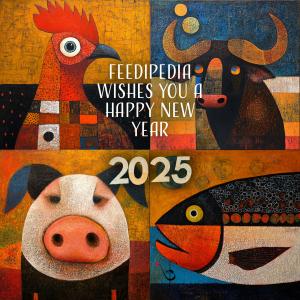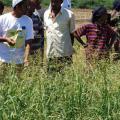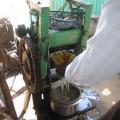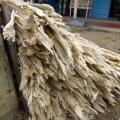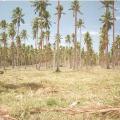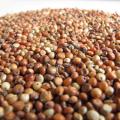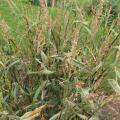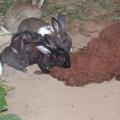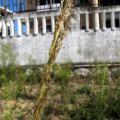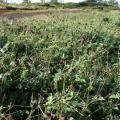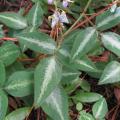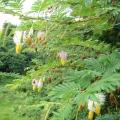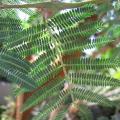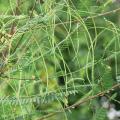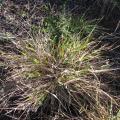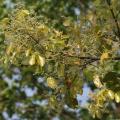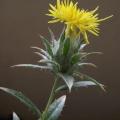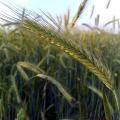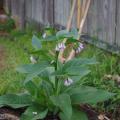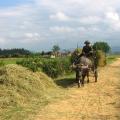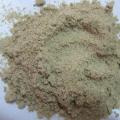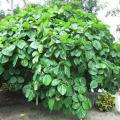Explore Feedipedia
|
Sudan grass (Sorghum × drummondii (Steud.) Millsp. & Chas) is an annual... Read more |
Sugarcane juice is the opaque and viscous liquid, brownish to deep-green in colour,... Read more |
Bagasse is the residual fibre resulting from the extraction of sugarcane juice. There are... Read more |
|
St Augustine grass (Stenotaphrum secundatum (Walter) O. Kuntze) is a coarse,... Read more |
Sorghum (Sorghum bicolor (L.) Moench) grain is the fifth major staple cereal... Read more |
Sorghum (Sorghum bicolor (L.) Moench) is used for both grain and forage. While... Read more |
|
Sorghum grain (Sorghum bicolor (L.) Moench) is used by various food industries,... Read more |
Smut grass (Sporobolus indicus (L.) R. Br.) is a typical prairie and savannah... Read more |
Siratro (Macroptilium atropurpureum (DC.) Urb.) is a perennial tropical legume... Read more |
|
Silverleaf desmodium (Desmodium uncinatum (Jacq.) DC.) is a trailing perennial... Read more |
Sicklebush (Dichrostachys cinerea (L.) Wight & Arn.) is a thorny, semi-... Read more |
Shittimwood (Acacia seyal Del.) is a deciduous, prickly, small to medium sized... Read more |
|
Sesban (Sesbania sesban (L.) Merr.) is a fast-growing, perennial legume tree,... Read more |
Scrobic (Paspalum scrobiculatum L.) is a vigorous, tufted (up to 60 cm diameter... Read more |
The sal tree (Shorea robusta C. F. Gaertn.) is a hardwood timber tree, up to 30-... Read more |
|
Safflower (Carthamus tinctorius L.) is an annual herbaceous, highly branched... Read more |
Rye (Secale cereale L.) is a tufted annual or biennial grass reaching up to 150... Read more |
The Russian comfrey (Symphytum × uplandicum Nyman) is a cultivated perennial... Read more |
|
Rice straw is the vegetative part of the rice plant (Oryza sativa L.), cut at... Read more |
Rice bran is the most important rice by-product. The bran fraction contains 14-18% oil.... Read more |
The roxburgh fig tree (Ficus auriculata Lour.) is a perennial evergreen shrub or... Read more |
Pages
Recent resources
 Opinion paper: Phasing out of the aid provided to the livestock sector during expectedly recurrent emergencies
- Makkar, 2024. animal
Opinion paper: Phasing out of the aid provided to the livestock sector during expectedly recurrent emergencies
- Makkar, 2024. animal
Open access opinion paper that makes a case that the emergency aid do more harm than good to African countries. It is valid for all the fields of agriculture but has direct consequence for animal agriculture. The context here is the aid provided during emergencies that are foreseeable recurrent.
The role of livestock in food security, poverty reduction and wealth creation in West Africa
- Molina-Flores et al., 2020. Food and Agriculture Organization of the United Nations Accra, 2020
Livestock is key to 377 million people in West Africa and in some countries, up to 60% of the population is involved in livestock production. The demand for animal products is increasing with population growth, urbanization, growing middle class, and due to shifting consumer preferences towards animal products. To meet this growing demand, countries in West Africa must engage in accelerated sustainable livestock production undertaking. Livestock development is key to eradicate hunger and poverty. This book attempts to provide up-to-date, and reliable information on the potentials, opportunities, and challenges of the livestock subsector in West Africa.
Pulses and their by-products as animal feed
- Sherasia et al., 2017. In: Calles, T.; Makkar, H. P. S. (Eds), FAO, Food and Agriculture Organization of the United Nations, Rome, Italy
This document provides a state-of-the-art review of the recent research (published and unpublished) on the use of pulses and their by-products as animal feed. It aims at raising awareness on the use of pulses and their by-products. It highlights the nutritional role of pulses and pulse by-products as animal feed and is a contribution to the legacy of the 2016 International Year of Pulses. This document will further enhance the use of these feed resources in other continents, besides Asia, where many pulse by-products are simply dumped. It is also expected that the synthesis presented contributes to make the use of pulses and their by-products as animal feed more efficient. This document will be useful for extension workers, researchers, feed industry, policy-makers and donors alike.








